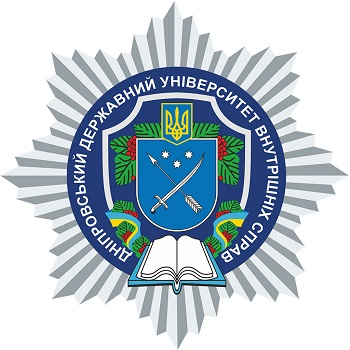THE INFLUENCE OF THE FIRST PERSONS ON THE CREATION OF THE INTERNATIONAL IMAGE OF THE STATE-BRAND
DOI:
https://doi.org/10.31733/2078-3566-2024-2-111-118Keywords:
international image, COVID-19, international support, mass communication, public opinionAbstract
The article examines Ukraine’s image in the context of leadership positioning and international activity over the past decade. Key challenges faced by the country, including the COVID-19 epidemic and russian aggression, are highlighted. Ukraine’s active engagement in international support and the development of strategies to enhance its image are illuminated. The study is based on both classical and contemporary scientific approaches, taking into account the works of leading researchers in the fields of mass communication and public opinion formation. The importance of an authorial image-building approach is emphasized, aimed at uniting science and politics for successful country management. The proposed image card of the state leader was made on the basis of an analysis of the experience of communication policy of the presidents of Ukraine and world leaders. It is important that the essence of the declared image coincides with real steps. The most important thing are: the leader of the nation is the one who realizes that he works for the people, not the people work for him. Through the prism of the media, the leader demonstrates the transparency of his actions in the interests of the state, namely: he motivates cause and effect. His decisions are not based on instincts, but on a wise combination of the rational and the irrational. The issue of forming the image of the state is urgent and not resolved, there is no single algorithm for image creation, and the time requires new effective scientific methods and decisive practical steps, numerous complex studies in the conditions of transformation of the information space and geopolitical situation. Therefore, the image of the state and its leader is a product of effective communications using media tools.
References
1. Платон. Держава / пер. з давньогр. Д. Коваль. Київ : Основи, 2000. 355 с.
2. Bacon F. The Essays and Counsels, Civil and Moral of Francis Bacon: all 3 volumes in a single file. Leopold Classic Library, 2016. 284 p.
3. The Office of Hillary Rodham Clinton. URL : https://hillaryclinton.com/.
4. Чекалюк В. Вплив іміджу Президента на формування іміджу держави. Інформаційне суспільство. 2015. Вип. 22. С. 28–34.
5. Sampson E. The Image Factor. A Guide to Effective Self-presentation for Career Enhancement. London : Kogan Page Ltd, 1994. 144 p.
6. Почепцов Г. Имиджелогия: теория и практика. Киев : АДЕФ-Україна, 1998. 392 c.
7. Уінстон Черчилль. Афоризми та крилаті вислови. Київ : Арій, 2022. 208 с.
8. Collins J. C. Good to Great: Why Some Companies Make the Leap … And Others Don’t. HarperBusiness, 2001. 400 р.
9. Vera D., Rodriguez-Lopez A. Strategic Virtues: Humility as a Source of Competitive Advantage. Organizational Dynamics. 2004. № 33. Р. 393–408.
10. Гулиєв А. Дж. Отец нации : монография. Харьков : Факт, 2023. 403 с.

